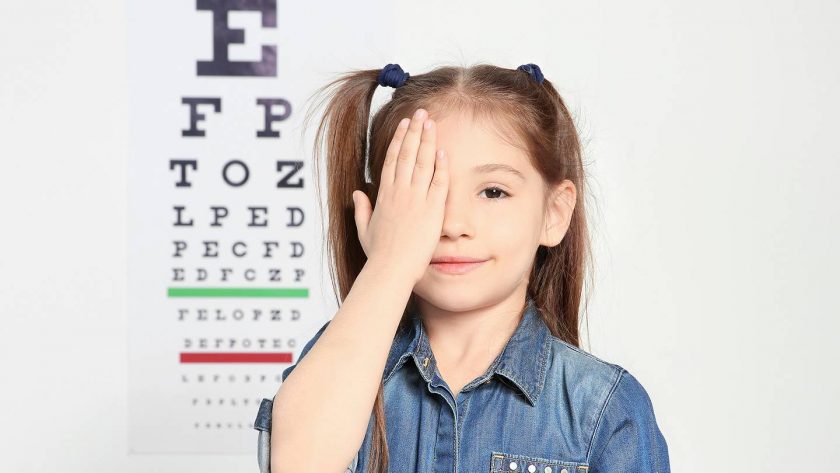How often do you need to change your glasses ? When should you change or get new glasses ? These are questions that we often get asked by our customers. In today’s article, we will be talking about the common signs and symptoms that might indicate you need new glasses.
Signs you need new glasses
- Scratches on lens
- Yellowish lenses
- Damaged lens coating
- When your friends remarked your glasses is out of fashion
Lens scratches
The image below shows scratches on the right lens and damaged coating on the left lens:
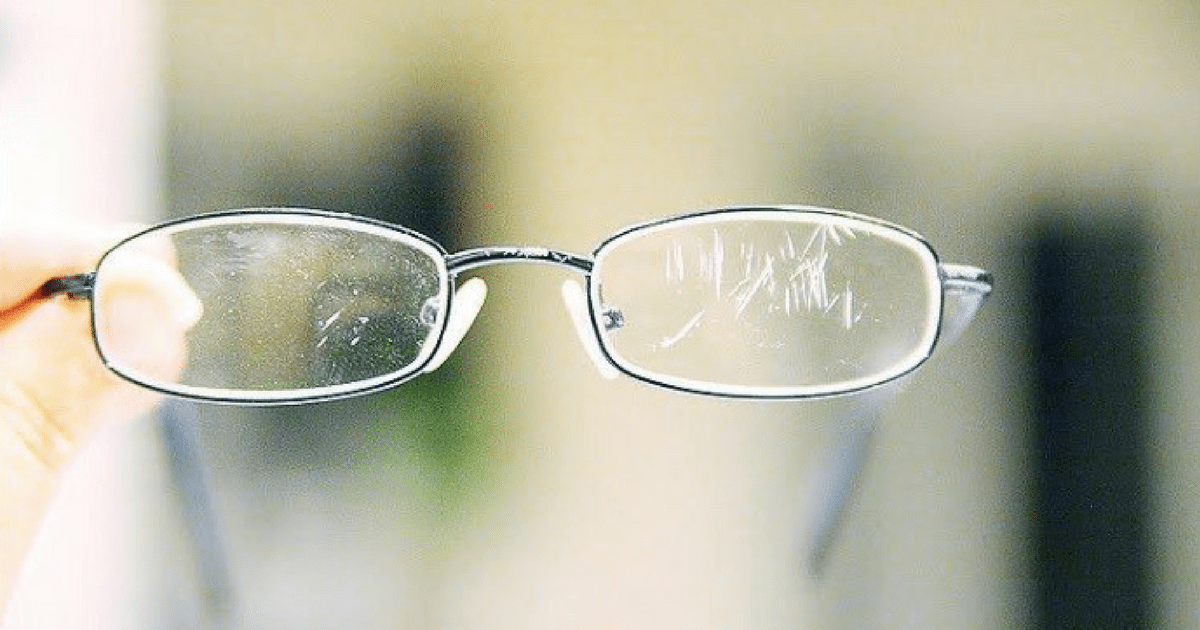
Most of the lenses today are made of plastic . Due to wear and tear and constant cleaning, fine scratches will appear on your lenses. Depending on how and what you use to clean your lenses, scratches might appear faster or slower. If you take care of your lenses properly, your lenses can be scratch free for a longer time.
Scratches on your lens can affect your vision, especially at night. Scratches on your lens may cause glare and lens flare from street lights and oncoming headlights from vehicles. Your quality of vision is greatly affected.
Yellowish lenses
Plastic lenses especially high index lenses 1.6 , 1.67 and 1.74, can become yellow over time. This is especially so for low quality lenses, which turn more yellowish faster after one to tow years. If you notice that your lenses are yellowish , it’s a sign that you probably need to get new glasses
Damaged lens coating
The anti reflection coating is a very thin film on the lenses. They usually last at least 2 years. If you take care of your lenses, they can last many more years. Lens coating tends to break down after 2 to 3 years. if you notice funny lines appearing on your lenses and it gets worse over time, it’s time to get new glasses. However, if you notice some coating problems after 1 to 2 years, it could be a quality problem or due to poor handling. ZEISS and Hoya have 2 years warranty on their premium coating. We will exchanged the lenses for you if it’s a quality problem.
We do have customers coming in who complain of blurry vision. However, after an eye check, their eye degree did not change. Upon checking their lenses, we realized there were many scratches and also damaged lens coating. After changing to new lenses, their vision were clearer.
Your friends remarked your glasses is out of fashion
This is an obvious sign that you need new glasses. This usually mean your glasses is at least 8 to 10 years old and is out of style. However , this can be quite subjective and usually there is a new trend in eyewear fashion, making your eyewear out of style.
Symptoms you might need new glasses
- Blurry vision
- Double vision
- Eye fatigue
- Eye Strain
- Headache
Blurry Vision
The most common symptom is blurry vision. Blurry vision you experience can be for distance, near or both.
Blurry Distance Vision
Find your distance vision not as sharp as before, need to squint to see words far ahead, unable to see signboard or car plate while you are driving? It most likely indicate your distance prescription (myopia, hyperopia or astigmatism) have changed. However, It can also be due to binocular vision disorder.

Blurry Near Vision
For patients who are in their late 30s and above, you might experience blurry near vision, needing to remove your glasses or hold your reading materials further to see clearer. This most likely indicate you have presbyopia. Progressive glasses or reading glasses can correct your presbyopia.
Non presbyopic patients can also experience blurry near vision. The blurriness can be constant or happen after a prolong period of doing near tasks. You can still be having clear near vision during the start of your near tasks, but it gets blurry after awhile or hours later. This can be due to change in distance prescription or binocular vision disorder.
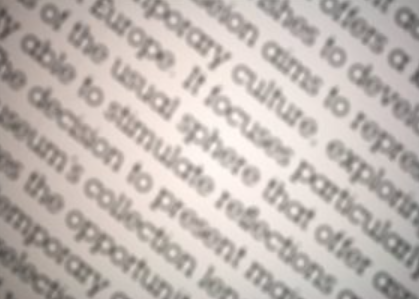
Blurriness due to degree change can be resolved by updating your distance and near prescription. Blurriness due to binocular vision disorders can be corrected by prism glasses or reading power.
Double Vision
You might not experience double vision all the time. It can happen after several hours of doing near work such as computer work. Some can experience double vision once in a while, however as they get older, they notice that the frequency increase. This is most likely due to binocular vision disorder. Prism glasses can be prescribed to relieve this symptom.

Eye Fatigue and Eye Strain
These symptoms can be experience after a few hours of near work or towards the end of the day. Some experience as soon as when they are doing near tasks for 20 minutes.
For patients who are 40 and above, if you experience eye fatigue or eye strain when doing near work, it is most likely due to uncorrected presbyopia. Especially when you have blurry near vision and try to do near work without any presbyopic correction, you will experience eye fatigue and eye strain faster.

Patients without presbyopia can also experience these symptoms. They can be children, young adults or adults in their thirties. If you experience eye strain or eye fatigue when doing near work, it can means either your prescription have changed, you have binocular vision disorder or you overworked your eyes. Either way, you should come in for a consultation to determine the cause and see if you need new glasses.
| Causes | Possible Management |
| Eye degree changed | Update eye degree |
| Binocular Vision Disorder | Prism glasses or reading power |
| Overworked your eyes | Digital Lens |
Headache
Many people often see a doctor when they experience headaches. When the doctor can’t find the cause, they are usually referred to us to check their prescription. Many headaches can be vision related. Prescription for people who are short sighted usually reduced when they get older. This also mean their current prescription is over powered, which can cause headaches due to eye strain. People who develop astigmatism gradually may also get headaches if uncorrected.
Progressive glasses
Will your presbyopia (laohua) worsen?
Yes it will. For presbyopes in your late thirties to fifties, your presbyopia will still increase. Presbyopia will stabilize in your sixties. The rate of presbyopia progression depends on the individual. It can also be affected by the amount of near work you are engaged in.
Unfortunately, there is no way to cure presbyopia or to slow down its progression. However, presbyopia can be corrected by progressive glasses, multifocal contact lenses and more.

Signs you might need new progressive glasses
For presbyopes who are myopic (near sightedness):
If you experience near vision not as sharp as before, need to remove your progressive glasses or hold your reading materials further to see clearer, it means most likely your reading power has increased. This is because myopia helps a little with presbyopia.
You will still be able to read without your progressive glasses. However, it will be a hassle to keep removing your glasses to read. By updating your progressive, it will be more convenient and provide clearer near vision for you. You will not need to remove your glasses to see the small fronts on your phone or reading materials.
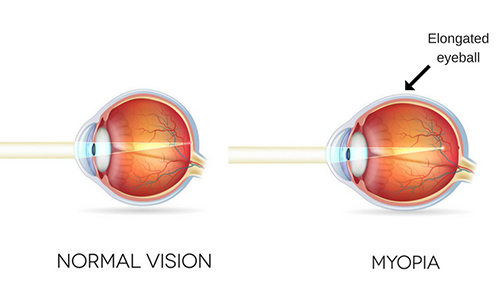
For presbyopes who are hyperopic (far sightedness):
Unlike myopic presbyopes, hyperopia does not help with your presbyopia. When your experience blur near vision and you try to remove your progressive glasses, you will find that things get more blurry. Hence for hyperopic presbyopes, updating your progressive will give you a clearer near vision.
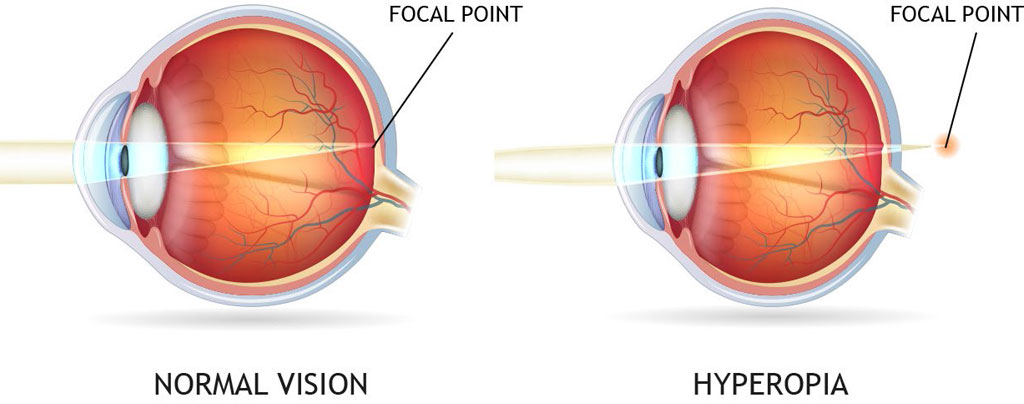
When your reading power change, we will recommend you to update the prescription in most cases. Even if your presbyopia increases, you are still able to use your current progressive glasses. However, the near vision will not be as clear and you will tend to push your glasses up your nose to see clearer.
How often do you need to change your progressive glasses?
Most of the time, progressive glasses can last you 2 to 4 years. However, this also depends on whether there are any changes to your prescription. In most cases, the distance prescription will remain the same. The reading power will increase depending on individuals.
When should you start wearing progressive glasses?
Often, mild presbyopes will ask if it is necessary to start wearing progressive glasses. They have concerns about their reading power increasing and the need to change into a new progressive glasses.
In fact, the earlier you start wearing progressive glasses (when your reading power is lower), the faster you can adapt to it. When your reading power is lower, the peripheral distortions on the progressive lenses are lesser as compared to higher reading power.
The image below shows the peripheral distortions of progressive from low reading power to high reading power:

Therefore, when you wear progressive early, you will also get used to it quicker when you changed to a new progressive with higher reading power.
If you experience symptoms such as blurry near vision, need to remove your glasses or hold your reading materials further for clearer vision, you most likely have presbyopia. Book an appointment with us to have an eye examination. We have lenses from different company such as ZEISS, Hoya and Essilor. Click here to find out which is the best progressive lens in Singapore.
So when or how often do you need to change your glasses ? Eyewear being regarded as a fashion accessory nowadays, we think you can change or get new glasses as often as you like. You don’t have to wait for the signs and symptoms that we mentioned here to appear before changing your glasses.
Book an appointment with us or WhatsApp us at +6588461234 to find out if you need to change glasses.
Edited by Winston

